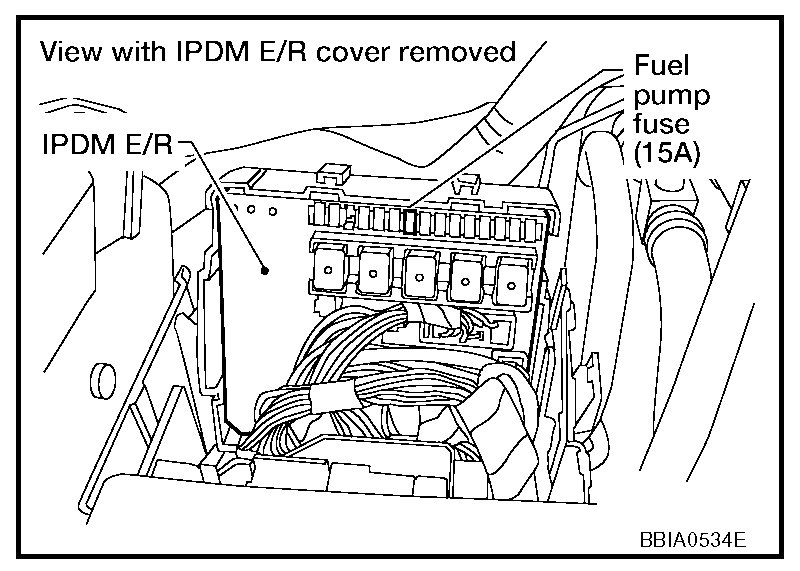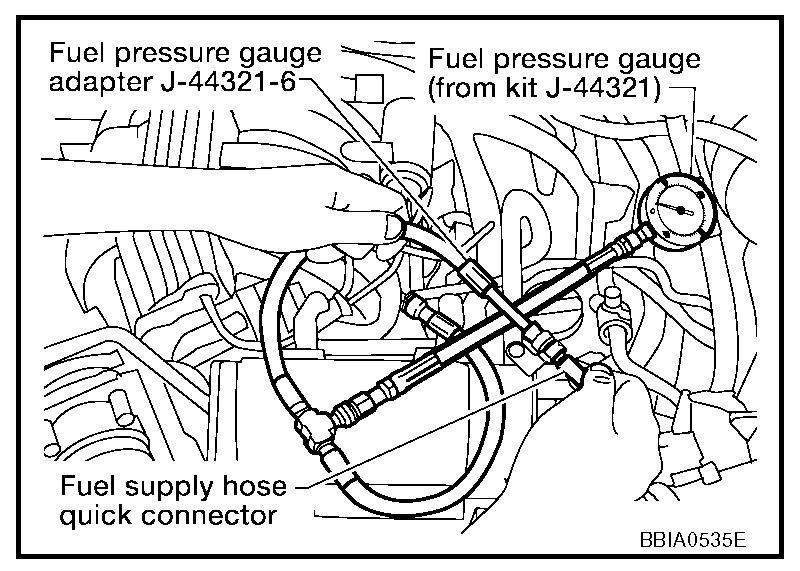Hi and thanks for using 2carpros.com
A hard start can be the result of a few things. First, has the same code returned? If so, can you let me know what it is?
Next, fuel pump pressure drop off can cause a delayed start. The system is to maintain a minimum amount when not running. If it drains off, the pump has to start all over building pressure. Try this. When you start it, cycle the key from off to the run position three times. Don't try to start it. Each time to turn it to the run position, count to 5 before turning it back off. After doing this, try to start it. If it starts easier, it's most likely fuel pressure.
Here is a link that shows how to check fuel pressure as well as the fuel pressure regulator.
https://www.2carpros.com/articles/how-to-check-fuel-system-pressure-and-regulator
Here are the directions specific to your vehicle for testing pressure. This procedure is done without a scanner. The two attached pictures correlate with these directions. The manufacturer's pressure specifications are in the directions.
Without CONSULT-II
1. Remove fuel pump fuse located in IPDM E/R.
2. Start engine.
3. After engine stalls, crank it two or three times to release all fuel pressure.
4. Turn ignition switch OFF.
5. Reinstall fuel pump fuse after servicing fuel system.
FUEL PRESSURE CHECK
CAUTION: Be careful not to scratch or get the fuel hose connection area dirty when servicing, so that the quick connector O-ring maintains sealability.
NOTE:
- Prepare pans or saucers under the disconnected fuel line because the fuel may spill out. The fuel pressure cannot be completely released because R51 models do not have fuel return system.
- Use Fuel Pressure Gauge Kit J-44321 and Fuel Pressure Adapter J-44321-6 to check fuel pressure.
1. Release fuel pressure to zero. Refer to "FUEL PRESSURE RELEASE".
2. Remove fuel hose using Quick Connector Release J-45488. Refer to "INTAKE MANIFOLD".
- Do not twist or kink fuel hose because it is plastic hose.
- Do not remove fuel hose from quick connector.
- Keep fuel hose connections clean.
3. Install Fuel Pressure Adapter J-44321-6 and Fuel Pressure Gauge (from kit J-44321) as shown in figure.
- Do not distort or bend fuel rail tube when installing fuel pressure gauge adapter.
- When reconnecting fuel hose, check the original fuel hose for damage and abnormality.
4. Turn ignition switch ON (reactivate fuel pump), and check for fuel leakage.
5. Start engine and check for fuel leakage.
6. Read the indication of fuel pressure gauge.
- During fuel pressure check, check for fuel leakage from fuel connection every 3 minutes.
At idling: Approximately 350 kPa (3.57 kg/sq.cm , 51 psi)
7. If result is unsatisfactory, go to next step.
8. Check the following.
- Fuel hoses and fuel tubes for clogging
- Fuel filter for clogging
- Fuel pump
- Fuel pressure regulator for clogging
If OK, replace fuel pressure regulator.
If NG, repair or replace.
9. Before disconnecting Fuel Pressure Gauge and Fuel Pressure Adapter J-44321-6, release fuel pressure to zero. Refer to "FUEL PRESSURE RELEASE".
Let me know what you find. Keep in mind, there are other things such as worn spark plugs, low compression... which can cause this too.
Take care,
Joe
Images (Click to make bigger)
Wednesday, October 24th, 2018 AT 7:26 PM





